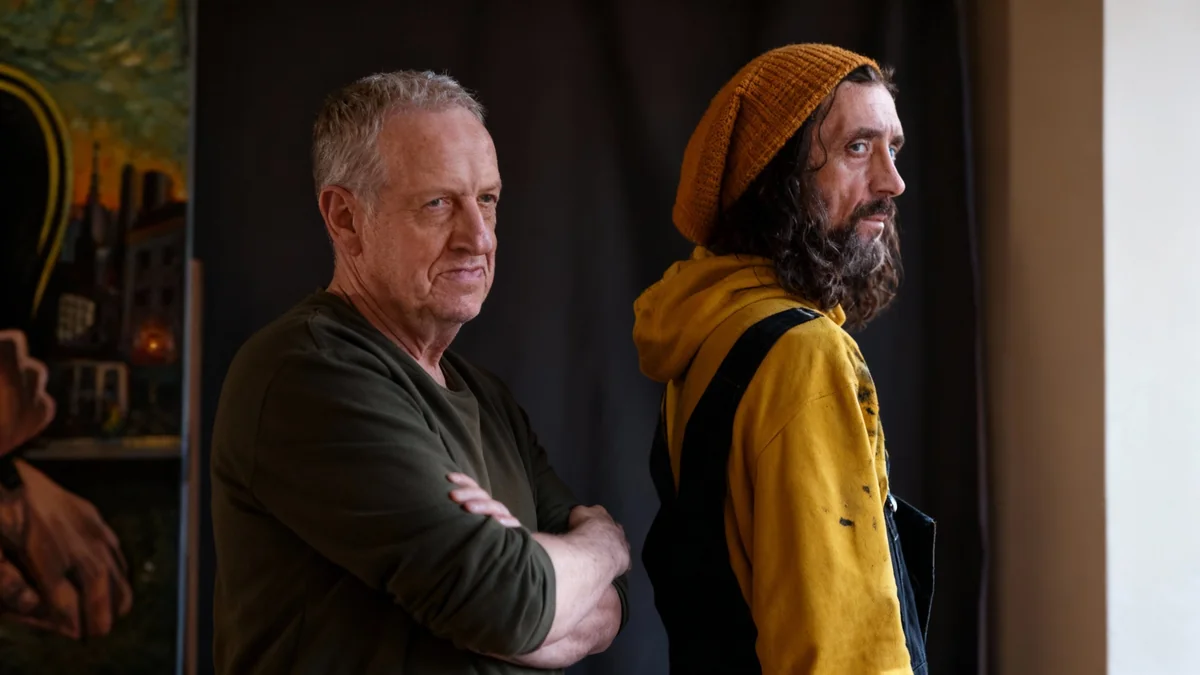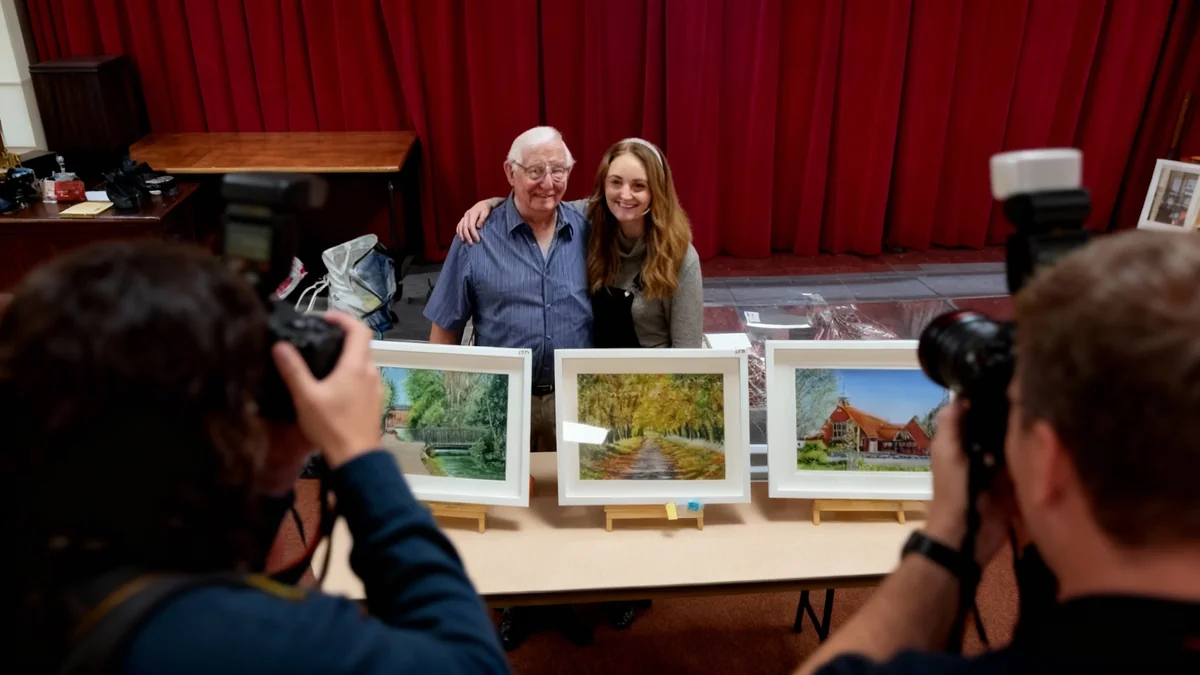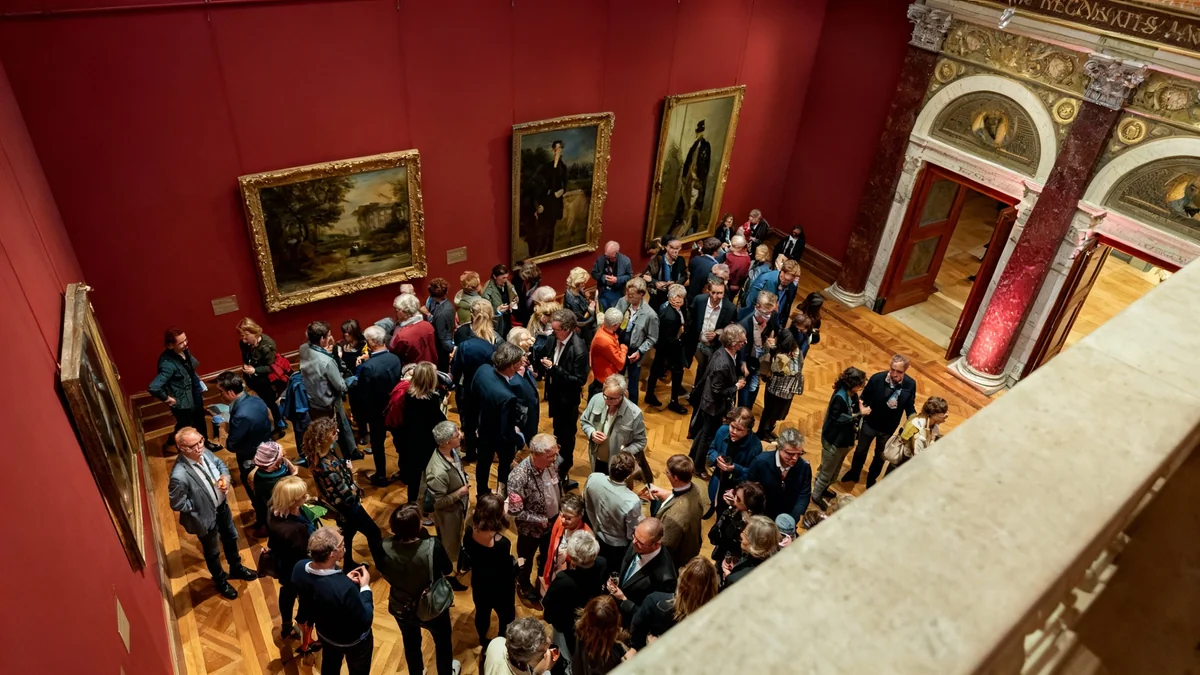Ani Shastri from the United States has been named Photographer of the Year for the 2025 Astrophotography Prize. His winning image captures the Squid Nebula in a 51-hour deep field exposure. The prestigious competition, known for its live public judging, recognized Shastri alongside other international photographers for their exceptional night sky images.
Key Takeaways
- Ani Shastri won Photographer of the Year for his Squid Nebula image.
- The photo involved over 51 hours of exposure time.
- The competition received 545 entries from 35 countries.
- Winners included images of Comet 12P Pons-Brooks and a Milky Way panorama.
- Astrophotography is growing due to better equipment and increased interest.
2025 Astrophotography Prize Honors Top Talent
The 2025 Astrophotography Prize concluded with Ani Shastri receiving the top honor. His photograph of the Squid Nebula, officially known as SH2-129, stood out among hundreds of entries. The competition is unique for its transparent judging process, where an international panel of 20 experts evaluates submissions live before an audience.
This year, the prize saw significant global participation. A total of 545 entries were submitted from 35 different countries. This wide reach highlights the growing interest in astrophotography as a specialized field of visual art and science.
Competition Facts
- Entries: 545
- Countries Represented: 35
- Judging Panel: 20 international experts
- Judging Format: Live and public
Shastri's Winning Image: The Squid Nebula
Ani Shastri's award-winning image of the Squid Nebula required extensive effort. The photograph represents 51 and a half hours of exposure time. This lengthy process was spread over several nights to capture sufficient light from the distant celestial object.
Shastri performed his work at a remote observatory located in Auberry, California. Remote observatories allow photographers to reserve time on large, professional-grade telescopes. They can then operate this advanced equipment from a computer at home, making deep-sky imaging more accessible.
"Doing the Squid justice isn’t just photography, it’s a whole-a** job," commented a viewer, underscoring the dedication required for such a project.
For his image, Shastri used specific high-end equipment. He employed a PlaneWave CDK350 telescope and a ZWO ASI6200MM camera. These tools are designed for capturing faint light from deep-sky objects with high precision.
Other Notable Winners and Their Techniques
Comet 12P Pons-Brooks Captured by Dan Bartlett
Another significant winner was Dan Bartlett, recognized for his stunning image of Comet 12P Pons-Brooks. Bartlett captured this comet from June Lake, California. His setup included a Celestron C14 telescope combined with a Starizona adaptor. The adaptor allowed for a wider field of view, essential for framing the comet effectively.
What is Astrophotography?
Astrophotography involves photographing astronomical objects and celestial events. This can range from nightscapes, which combine terrestrial landscapes with the night sky, to deep-sky images of nebulae and galaxies. It requires specialized equipment and techniques, often including long exposure times and precise tracking of celestial bodies.
Milky Way Panorama by Matteo Strassera
Matteo Strassera also received an award for his 360-degree panorama. This image shows the full arch of the Milky Way galaxy stretching across the sky. The photograph was taken above the volcanic landscape of Tenerife in the Canary Islands, providing a dramatic foreground to the celestial display.
Strassera utilized a Canon R5 camera paired with a Sigma 14mm f/1.4 Art lens. This combination is known for its ability to capture wide fields of view with excellent light-gathering capabilities, crucial for Milky Way photography.
Growth and Accessibility of Astrophotography
The increasing popularity of astrophotography is evident in the number of competition entries and the diversity of winning images. Several factors contribute to this growth:
- Improved Equipment: Cameras and telescopes are becoming more advanced.
- Affordable Technology: High-quality equipment is now more accessible to enthusiasts.
- Computer Control: Automation and remote operation simplify complex imaging tasks.
- Public Interest: A growing fascination with the night sky drives more people to try astrophotography.
The recognition of photographers like Ani Shastri serves as an encouragement for others. Many believe that almost any modern DSLR camera, when combined with a fast lens and access to dark skies, can produce excellent astrophotography results. This lowers the barrier to entry for aspiring night sky photographers.
The success of the 2025 Astrophotography Prize winners demonstrates the artistic and technical skill required. It also highlights the beauty and wonder of the cosmos, inspiring a new generation of photographers to turn their lenses skyward.
Essential Astrophotography Gear
For beginners, a good starting setup often includes:
- A DSLR or mirrorless camera
- A fast wide-angle lens (e.g., f/2.8 or wider)
- A sturdy tripod
- An intervalometer (for long exposures)
- Access to dark sky locations
Looking Ahead: The Future of Night Sky Imaging
As technology continues to advance, the possibilities for astrophotography will only expand. New sensors, faster lenses, and more sophisticated software will allow photographers to capture even more detailed and breathtaking images of the universe. The community of astrophotographers is expected to grow further, sharing their passion for the cosmos with a global audience.
The images from this year's prize offer a glimpse into the vastness and beauty of space. They remind us of the importance of preserving dark skies, which are essential for both scientific research and amateur skygazing.




